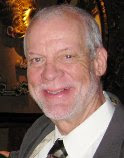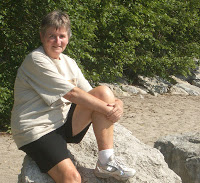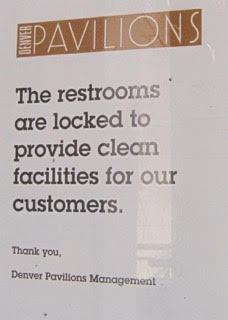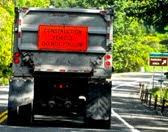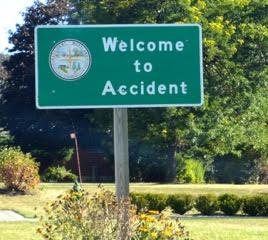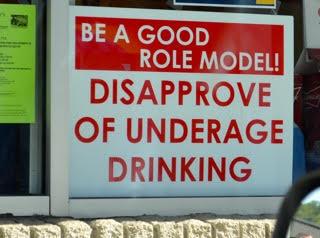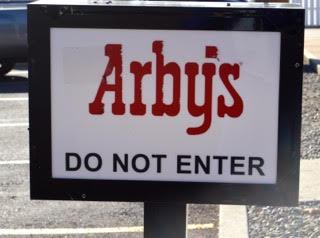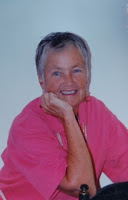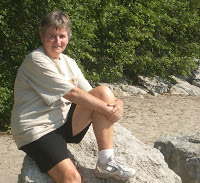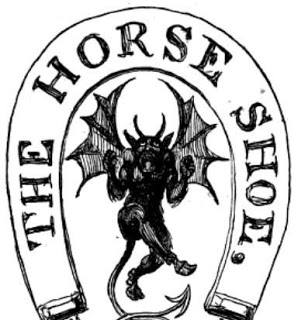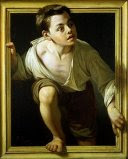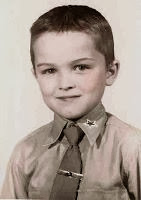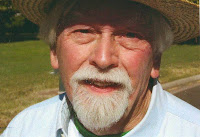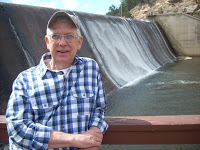Let me begin by saying that my idea of “extreme sport” is playing tag football with the tag tucked into the front of one’s britches rather than the rear–it makes for more of a thrill for both the offense and defense. Beyond that, it seems to me that every sport requires a level of skill, coordination, and ruggedness that has always seemed extreme to me.
The sports that I enjoyed the most in my youth involved putting a pretty, round ball into a hole swathed in leather using a long, stiff, woody instrument with a little lubricant on the tip–namely, pool and snooker. I found the activity quite challenging while still allowing the competitors the opportunity to swill a little tomato beer, if so inclined.
The sport that I believe has taken this basic idea to its extreme is golf. With golf, the player must stand hundreds of yards away from the hole, drive a much smaller ball placed much further from his eyes, with an instrument that is much longer and less balanced, leaving him unable to either sight along it or steady it with his hand. Rather than a smooth, flat table, the golfer must navigate terrain that has been deliberately made treacherous with hills and valleys and even obstacles like sand traps and little bodies of water. It is a game invented by a sadist for masochists or, as Mark Twain so cryptically put it, “A good walk spoilt”. Thereby have I forever been discouraged from setting foot on a golf course despite how pretty they may look.
The only other sport in which I have taken a serious interest is motor racing. No doubt, it is an extreme sport, whether measured by expense, danger, difficulty, or destruction. My favorite form of motor racing was road racing, which is a rough simulation of cruising an overcrowded parking lot trying to beat the other person into that last open space. My son also had an interest in racing, gymkhana racing in particular, which is even more like parking lot competitions as they are held in empty parking lots using orange cones to mark the course.
It, therefore, seemed the perfect college graduation gift for him to send him to the Bob Bondurant School of High-Performance Driving near Phoenix, Arizona. The more I thought about the fun he was going to have there, the more tempted I became to enroll as well. So, I signed him up for the 5-day class, while I settled for the 3-day. When we arrived, the temperature most days was 107 degrees and the action on the asphalt was just as hot. After the first couple of days, I’m guessing that the instructors had to draw straws to see who would have to accompany me whilst I attempted to learn the secrets of high-performance driving. We were taught how to find a turn-in spot on the upcoming curves to have the right line coming out of the corner, how to control a skid, and lots of other stuff which I will never again use.
On day 3, we were being trained how to react quickly to dangerous developments ahead of us on the road, such as a spinning car. The course was laid out something like a drag strip with three lanes instead of two. Ahead of us about 75 yards was a structure that looked a little like a toll booth, also with three lanes. But the lanes were separated only by traffic cones. Beyond the booth was a series of lights, red or green, for each lane. The object of this exercise was for the driver of a car–in my case, a Mustang GT–to roar away from the starting line at full throttle up to 45 miles per hour and look for two of the green lights at the end of the track to turn red, at which point you had one second or so to steer the car into the one lane whose light was still green.
On my first and second attempts, I had only managed to alter the configuration of a few cones, never quite making the smooth lane-change that I so anxiously hoped for. On my third-and-final attempt, my nerves were as jangled as if I were making my first sky-dive. I roared away from the start line at full throttle, quickly glanced down at the speedometer to make sure I didn’t go over 45 mph, at which point I think I went glassy eyed, recognizing only that some of the lights had changed color and I had to do something right away. The Mustang ended up in a long sideways slide through the middle of two lanes until it came to a screeching stop in a cloud of tire smoke.
My instructor, trying to look serious, rushed up to me to see if I was OK, which I was, other than a severely bruised ego. Any trace of romanticism I had for auto racing had disappeared in a cloud of tire smoke and discombobulation.
Fortunately, my son made out much better than I. He even got to train in open-wheel race cars, similar to Indy racers but much smaller. One of his fellow students, a young man of about 17, had raced open-wheeled cars before, likely beginning with go-karts. His mother told me that he had won one race after scraping the bottom of his car on the pavement so much that it had worn through and soon began working on his driving suit. When he finished, his bottom was worn raw but it didn’t matter–he was a winner in one of the many extreme sports.
© 2015
Find date by comparing Phillip’s
About the Author
I came to the beautiful state of Colorado out of my native Kansas by way of Michigan, the state where I married and I came to the beautiful state of Colorado out of my native Kansas by way of Michigan, the state where I married and had two children while working as an engineer for the Ford Motor Company. I was married to a wonderful woman for 26 happy years and suddenly realized that life was passing me by. I figured that I should make a change, as our offspring were basically on their own and I wasn’t getting any younger. Luckily, a very attractive and personable man just happened to be crossing my path at that time, so the change-over was both fortuitous and smooth. Soon after, I retired and we moved to Denver, my husband’s home town. He passed away after 13 blissful years together in October of 2012. I am left to find a new path to fulfillment. One possibility is through writing. Thank goodness, the SAGE Creative Writing Group was there to light the way.
